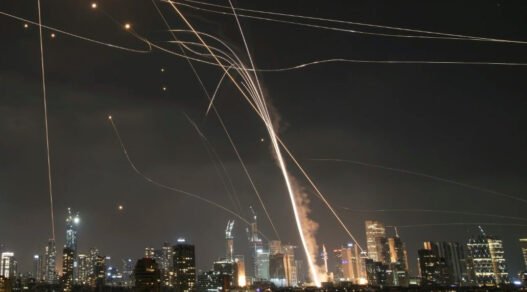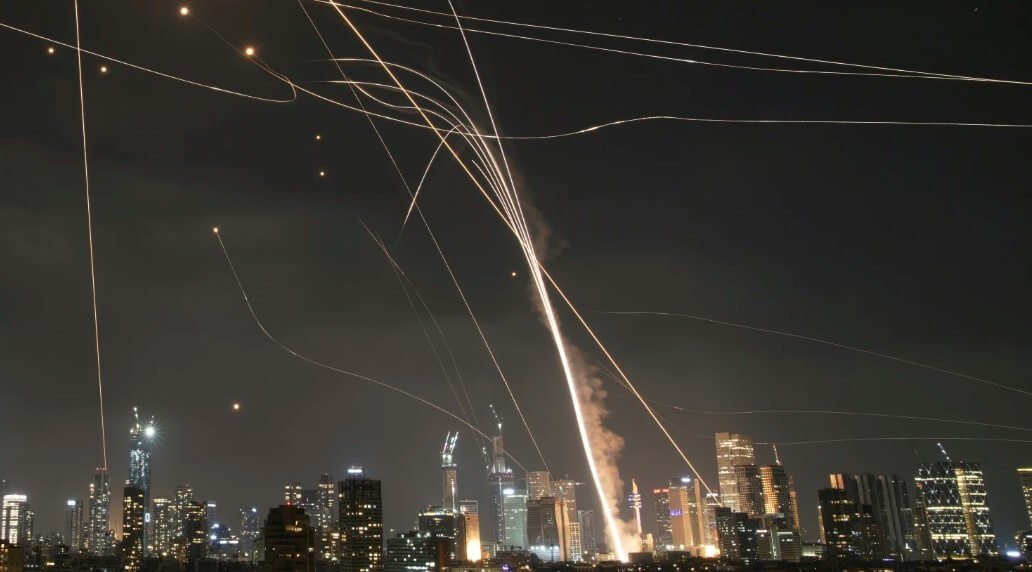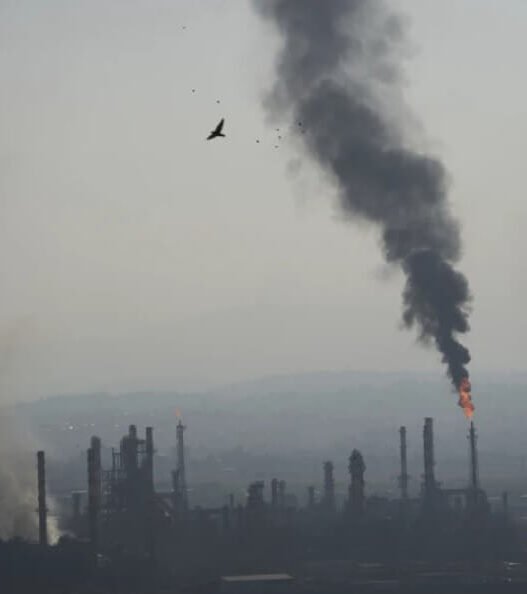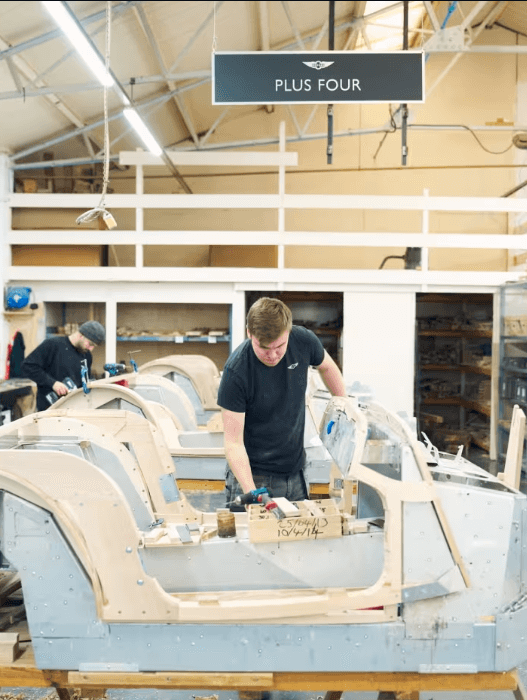The Iron Dome, known in Hebrew as Kippat Barzel, is one of the most advanced and essential tools in Israel’s missile defense arsenal, designed to protect civilians from incoming rockets and short-range aerial threats.
First deployed in March 2011, the mobile, all-weather defense system has reportedly intercepted thousands of rockets, preventing them from striking populated areas or strategic sites across Israel.
Who Developed the Iron Dome?
The Iron Dome was developed by Rafael Advanced Defense Systems, a state-owned Israeli defense company, with substantial financial and technological support from the United States. Since its inception, the system has undergone multiple upgrades and remains a centerpiece of Israel’s military infrastructure.
How Does the Iron Dome Work?
The Iron Dome system integrates radar detection, command-and-control software, and Tamir interceptor missiles. Here’s how it operates:
-
Detection: Radar units identify and track incoming projectiles.
-
Assessment: The system calculates the rocket’s trajectory and determines whether it poses a threat to civilian areas or vital infrastructure.
-
Interception: If a threat is confirmed, a Tamir interceptor missile is launched to destroy the rocket mid-air before it reaches its target.
-
Selective Engagement: The system ignores rockets headed toward unpopulated areas, conserving missiles and reducing operational costs.
Iron Dome Capabilities and Range
According to a 2023 Congressional Research Service report, the Iron Dome can intercept missiles launched from 2.5 to 43 miles away. There are an estimated 10 Iron Dome batteries deployed across Israel, each protecting up to 60 square miles.
-
Each battery contains:
-
3–4 launchers
-
Up to 20 Tamir missiles per launcher
-
Cost and U.S. Funding
-
A single Iron Dome battery costs over $100 million.
-
The United States has contributed billions of dollars in funding for:
-
Battery production
-
Interceptor replenishment
-
Maintenance and joint U.S.-Israel co-production efforts
-
Support for Iron Dome funding in the U.S. has remained bipartisan, with Congress approving numerous defense aid packages to support Israel’s missile defense infrastructure.
Limitations of the Iron Dome
While highly effective, the Iron Dome isn’t infallible. Analysts have noted that it may struggle under “saturation attacks”, where multiple rockets are launched simultaneously from various directions to overwhelm the system.
A 2021 report by the Center for European Policy Analysis warned that this tactic could temporarily compromise the Iron Dome’s effectiveness by exceeding its interception capacity.
The Iron Dome remains a critical component of Israel’s national defense, combining advanced technology with strategic precision. Although not invulnerable, its success in intercepting short-range threats has saved countless lives and reshaped modern battlefield defense systems globally.





















